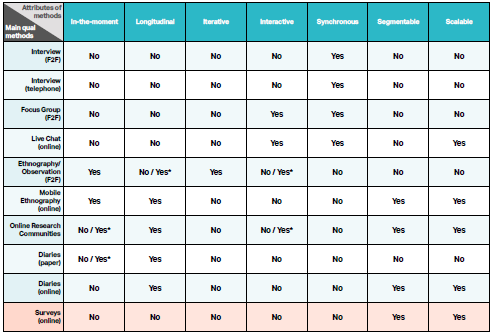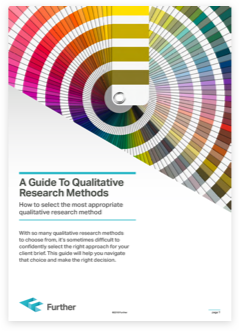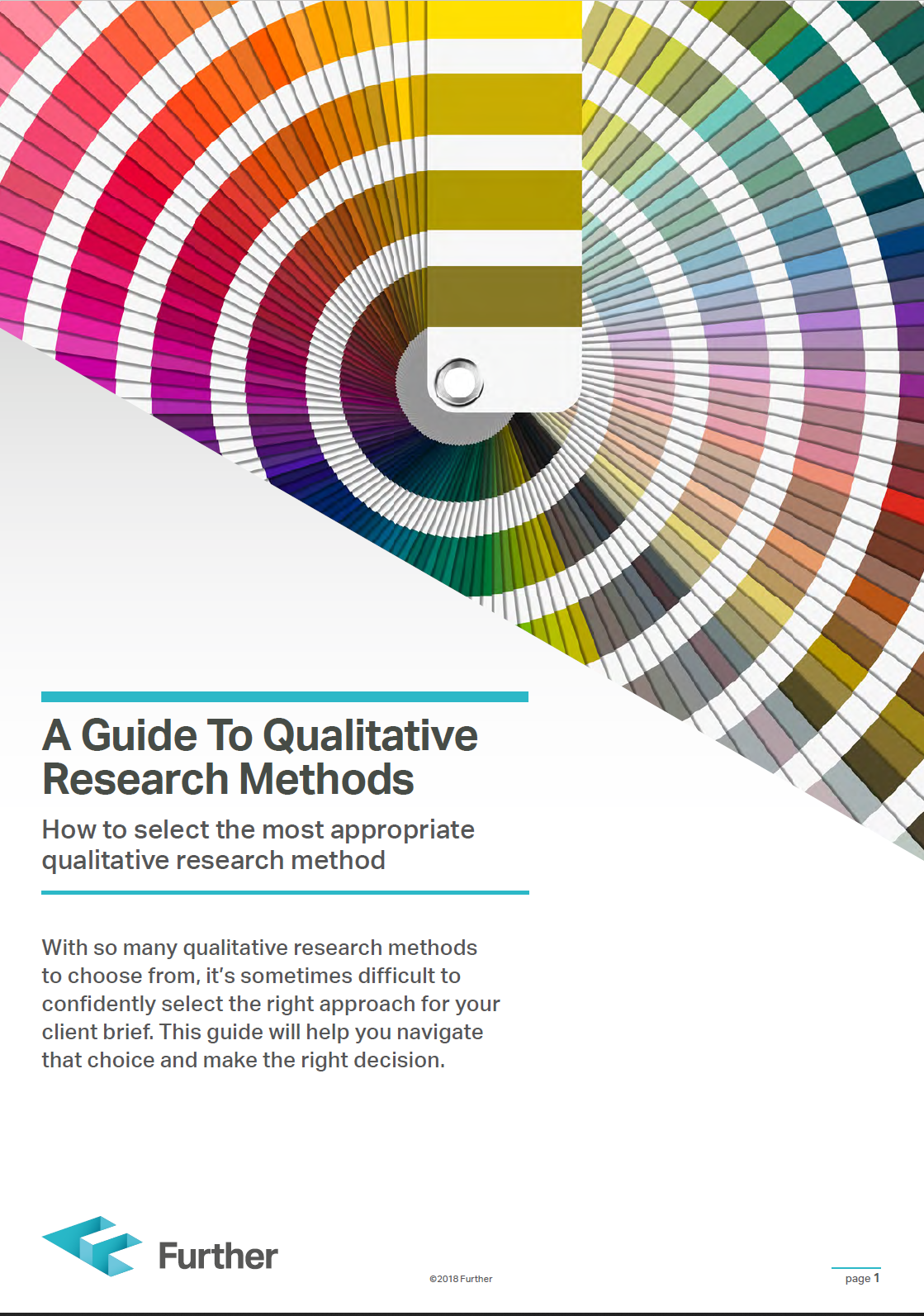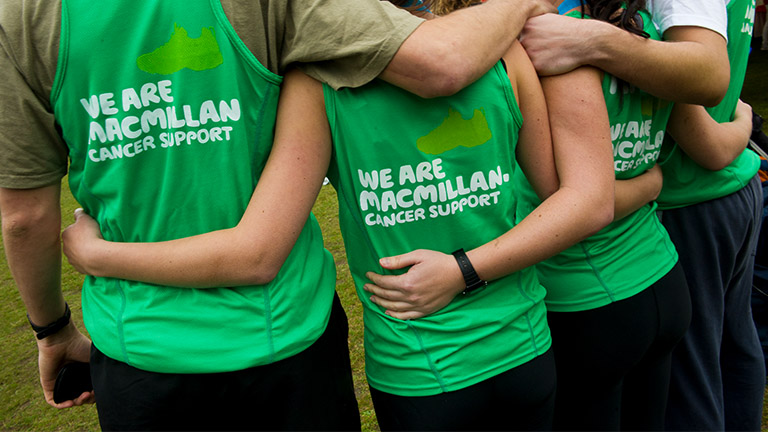1. Why do qualitative research in the first place?
With so many qualitative research methods to choose from, it’s sometimes difficult to confidently select the right approach for your client brief. This guide will help you navigate that choice and make the right decision.
In a nutshell, researchers use quantitative research when they want to know how many people are feeling, thinking or doing something. For example, how big a market share is, how many people buy one product over another, or what percentage of the population is aware of a certain brand.
Qualitative research – often referred to simply as ‘qual’ - is altogether different and is used to explain why things are happening or what causes or motivates people to do the things they do. It’s also used to explore subjects and topics, or enrich our understanding of people’s lives and behaviours. It’s even used to test ideas and concepts and to engage people in developing new concepts and products.
So, if you get a brief that is about ‘exploring’, ‘getting insights’, ‘explaining’, ‘refining’, ‘enriching’, ‘deep diving’, ‘testing’, ‘getting feedback’, ‘ideating’ or ‘co-creating’, then it’s likely that qualitative research is the right way to go!
Qualitative research is especially useful when working with niche groups in society, or those with specific experiences that cannot be captured by sampling and analysing general population data.
It is worth saying that qualitative research can be done in isolation, or as a complement to quantitative research. If combined with quantitative methods (typically surveys), qualitative research can be useful either before a survey, in order to identify the issues to be addressed in the survey and the natural language of the people to be surveyed, or after a survey, in order to explain any surprising findings
When qualitative research is not the right approach
It is useful to think about when qualitative research is actually not appropriate or necessary. If the brief requires that you generalise (in a statistical sense) from a sample to a population, or to know about the distribution of opinions, attitudes or behaviours, or to identify causality (in a strict sense), then you will need larger, carefully constructed, representative samples as well as sophisticated statistical methods of analysis. In all such cases, quantitative methods will be necessary.
2. Which qualitative research methods should I use?
Before deciding on the specific approach you will use, you should consider whether to conduct the research face-to-face or online, because they have different advantages and drawbacks.
Face-to-face research methods - like individual interviews, focus groups and traditional ethnography – are typically better suited when you need to:
- Give a voice to people who are not online
- Explore sensitive issues in relation to which participants do not want to leave ‘digital traces’
- Capture body language, facial expressions, spontaneous emotions, etc
Brainstorm ideas, because of the sheer energy you can get in a room full of people
Digital methods – such as live chats, online research communities or mobile ethnography are typically better suited if you need to:
- Understand people with rare profiles or real ‘communities of interests’
- Overcome geographical and physical access barriers and make taking part easier for research participants, through using their smartphone, tablet or PC
- Minimise the cost and time linked to traditional data collection and analysis
- Manage and systematically analyse large amounts of qualitative data
These are useful rules of thumb but the boundaries between face-to-face and digital methods are not clear-cut. If in doubt, do get in touch and we will be happy to discuss the pros and cons of both approaches in relation to your brief.
Download the full guide for a copy of the table below and descriptions of the primary methods referred to below (plus bonus material):
The table below lists some of the most common qualitative research methods (both traditional and digital) used in the research industry and compares them in relation to each of the questions (or attributes of the method) above. We have also added surveys because, while they are obviously a quantitative tool, this comparison helps bring out the specificity of the other methods.#

So, the next time you are commissioning research, or putting together a proposal, it might be helpful to take a quick glance at this table to check that the research design you have in mind will actually deliver the evidence you need.
Of course, there are many more qualitative research methods you might wish to consider, as there are other relevant dimensions we could have discussed to distinguish between methods, but we hope this is a useful starting point.
Besides the intrinsic advantages and drawbacks of each method, there are also many project-related factors to take into account, such as the research budget, timescales, the client’s organisational culture, the profile of the population under study and so on.
If you found this guide useful and would like to learn more, or if you’d like to speak with one of our team to understand how we would approach your brief, then don’t hesitate to get in touch.
Yours to keep
























.webp)
.webp)
.webp)
.webp)